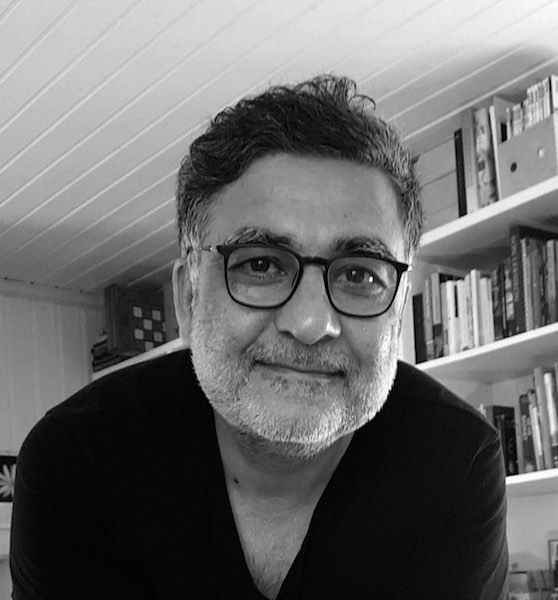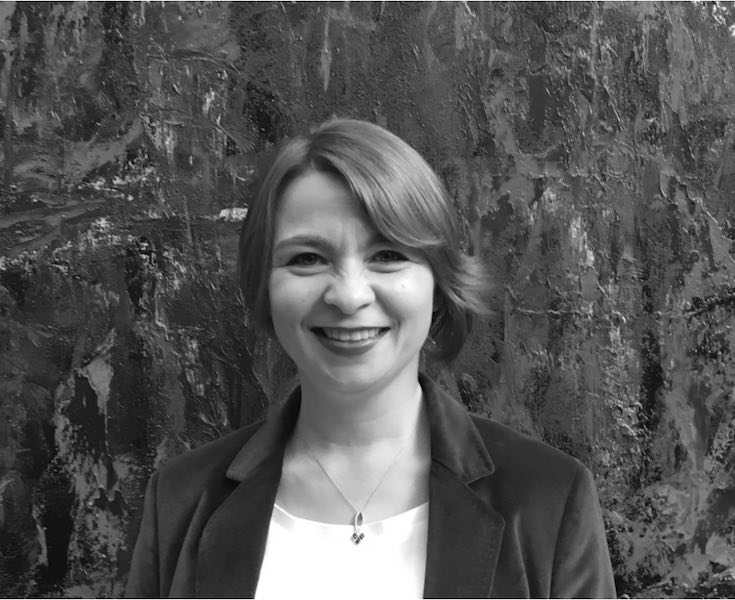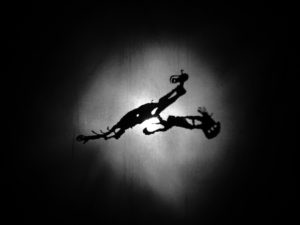Hello everyone from the morning of May 16th! This week we kick off a new series of posts for you.
In this new Shhhbooks series, we ask questions about illustrated books and get opinions of various subject matter experts.
This week; our topic is “Children’s Books and Freedom”, a frequently debated subject in the world of children’s books. As Shhhbooks contributors, we discussed the subject exploring the liberation and freedom of the author, the illustrator and the child. We wish you a pleasant reading!

Tülin Kozikoğlu (Author of children’s books)
“What is the basic need of the child?” I guess it would not be wrong to answer the question as “play”. Based on this, we say “Children’s books should be fun”. “Oh, let’s not bore the kids!” This is an overarching phrase that everyone involved in the production of children’s books, especially authors, always have in the back of their minds.
But is it enough to entertain the child?
There is another quality that takes precedence over “entertainment” on the top of my “good books” criteria. I think… Write a children’s book as full of entertainment as you might, let the hero run from one adventure to other, fly, disappear… If you do not provide an opinion to the reader, if you do not take a stance as an author, that book will never stick with the reader, it will fly by. Only books that offer an opinion, that is, books that manage to touch the mind or heart of the reader, leave a mark. If I ask you about your favorite book, you will immediately think of one. If I asked what happened in that book, you wouldn’t be able to say because you forgot. The chain of events just flows by. However, you just said that it is your favorite book. Why is that? Because you remember the feeling it left inside. Because that book has managed to touch your mind or your heart. For this very reason, children want to read the same book over and over again. Just like a cat licking its wound over and over again… Because that book touched a wound, somewhere in her heart or mind.
So how does an opinion differ from a message? While textbooks that give a message appear in the form of texts in which the author dictates her judgment directly to the reader, books that present an opinion are mostly books where the author leaves the judgment to the reader. For example, in one version of the text written by the author, she states “Ayşe is a stingy girl”, in the second the author only presents the chain of events, and the judgment is left to the reader; whether Ayşe is stingy or frugal. For example… A friend wants to borrow an eraser from Ayşe, one who forgot her eraser at home before the math exam. Although she has an eraser collection in her pencil box, Ayşe refuses her friend. The reader, who reads this, decides instantly what kind of person Ayşe is. While one reader might find Ayşe stingy, maybe another reader who collects napkins might find her thrifty, because she knows what it means to be a collector and empathizes with Ayşe.
This reading, thinking and decision-making process satisfies the child’s need to play, which is, her basic need. Just like solving a puzzle, the mind connects and solves what Ayşe is like based on its own realities. Such texts give the reader the “responsibility to think”. This thinking process both increases the reader’s pleasure of reading and develops important muscles in the way of being a thinking individual. Thinking individuals mean free individuals. Free individuals mean free society. Free society means free art.

Akın Düzakın (Children’s books illustrator)
Without a doubt, I can say that the greatest value in this world is freedom. Because it is what gives meaning and value to everything we do and we are. We are born as human beings, but we cannot be human without being free.
Freedom of thought and conscience should be the most fundamental freedom. If we want our children to gain the authority to make their own decisions with their mind their conscience, we must raise them as individuals who question and criticize. These are our first and most important attitudes and habits, and we need to allow the child to develop this ability continuously.
We should expect children’s books to contribute to the development of this critical thinking ability. This can only begin with seeing children’s books and even picture books as literature rather than as pedagogical instruments. Literature does not impose certain truths on us. Instead, it confronts us with these truths. Literature is not written to make us behave, it offers us artistic, aesthetic experiences to improve our behavior. I believe that children, like adults, need these experiences and only in this way can they develop their own intellectual power.
Today, when I see how millions of adults can be easily manipulated with the craziest false theories, I cannot think of any other choice but to rely on one’s questioning and criticizing mind. The most important value we want for our children is that they have the competence to be able to think freely and be free. Gaining this ability starts, like everything else, at a very early age.
As an illustrator, I also attach great importance to being free in my own work. Although I know that I need to heed the expectations of the reader, writer, editor, colleagues and critics so that I can make better paintings, I also know that I cannot improve myself and produce original and valuable work without being free and independent of all this. An artist must be in constant motion, develop and renew herself. This sincere desire and need wants to express itself in the work we do. Yes, this is a team play, but in order for me to do my job as an illustrator in the best way, I should never neglect my inner voice, my curiosity of searching and trying new things.
But it is very important that this demand for freedom and independence is not perceived as an irresponsibility that does its own thing. On the contrary, with great freedom comes great responsibility. Our responsibility is to make sure that the text we are working on is fulfilled in the best possible way. In order for us to aspire to this responsibility, no one should control our hands, watch over our shoulder or impose their own habits.

Esra Ercan Bilgiç (Author of children’s books)
I want to write stories that give the power to the child. Stories that look at life and the world through the eyes of the child, take the side of the child, listen to the child, hear the voice of the child. Do not tell the child what to do, what to say, how to behave, how to act; Stories that learn from the child, grow up with the child, believe in the child.
I want to write stories that give power to the child and take their power from the child, without telling them the ways to be strong, without prescribing them. I want to tell stories that convey my surprise as I am surprised by the depth and limitlessness of the child’s emotion, perception, knowledge, opinion, creativity.
I believe that as we write, read and listen to stories in which the power lies in children, the writer, the illustrator, and the reader, both children and parents, will be liberated. I think that children who grow up with stories that take their strength from children will become more aware of their strength and be more confident in dealing with difficulties. I know there is a link between freedom and self-confidence.
Children who have self-confidence, who believe in themselves, who can make their own decisions, who express their opinions on all matters that concern them, who seek their rights, defend their opinions and raise their voices, will become free as they make their voices heard and change the world, I see this happening.
I dream of living in a world changed by children. As children become free, the world, nature and humanity will be liberated together, I do not doubt that. It is precisely for this reason that I want to write stories that give power to the child, “as an attitude to life”.

Merve Erbilgiç (Children’s and youth books illustrator)
For me, the audience is often children. While creating my own book projects, I am very interested in offering a free perspective to the child. On this point, the illustrator, as well as the author, have important duties and responsibilities. A child’s interaction with a book begins very early, in the age of play, and we all know how effective capturers of information children are during this period. So to not to interfere with the free thinking of the child, children’s books should not try to impose an ideas and should encourage the child to think more.
When I am illustrating text, I do not like to explain everything as it is. I think some things should stay open and the final decision in the book should be up to the child. Children are already intelligent enough to understand everything we are trying to tell, and they are extremely open to new ideas.
As an illustrator, you need to be free from all of the layers that have been imposed on you, by school, family, friends and others, in order to break out of this mold and convey this to the child in the best way possible. It is necessary to focus on being able to look at the subject as sensitively and freely as possible, and with a clear mind. If a book illustrator takes the responsibility of being an artist every day and does her best, she will be liberated and therefore the child can be liberated.
I like to produce works where intuition is at the forefront in terms of nurturing free thinking. Using instant strokes makes me feel more free. For this reason, when I start a project, I start drawing without thinking about anything. This is much more relaxing for me than pre-planned, controlled approaches. Because it works faster than rational thinking, it can take you to places you’ve never been before. Or to buried places that you thought you had forgotten. This is a very personal, exciting and interesting quest and I think it is very valuable to pass it on to the child.
Quality children’s books can offer values that the child will remember for a lifetime. To do this, writers and illustrators must fulfill their responsibilities, and be able to offer the child as many bold literary and graphic language suggestions as possible. When text and illustrations meet in a book, together they form a new language of the third kind. This new language not only offers the child a new, different and free perspective, but also contributes to the whole humanity by elevating work of art.


